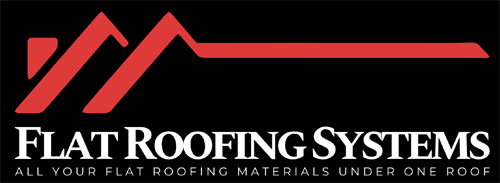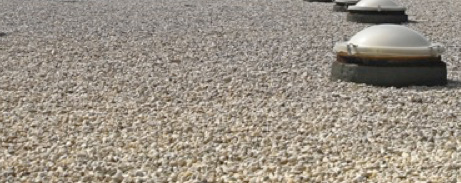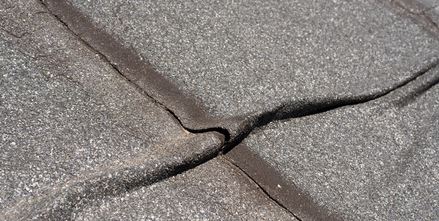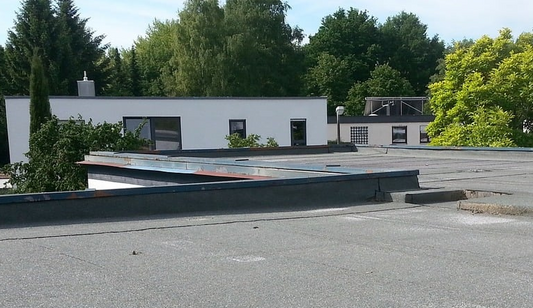Under your EPDM roof covering, you'll need several essential layers that guarantee the longevity and effectiveness of your roof.
First, there's the roof decking, which can be made of plywood, OSB, or metal, providing a solid base. Next, comes the insulation layer, which helps maintain temperature and reduces energy costs. A vapour barrier is pivotal to prevent moisture damage. Finally, a cover board goes on top to protect the insulation and offer a smooth surface for the EPDM. These layers work together to enhance your roof's performance and durability. Exploring more about each component can markedly benefit your understanding and decision-making about your roofing system.
Introduction
EPDM roofing, a durable synthetic rubber, is tailor-made for flat roofs that face extreme weather conditions.
You'll find it's not just tough but also flexible, handling temperature swings without a hitch. Thanks to its resistance to UV rays, ozone, and infrared light, it doesn't crack, blister, or peel, making it an ideal choice for your industrial or commercial building.
You'll appreciate EPDM's insulation properties, which contribute substantially to its long lifespan—over 50 years, as certified by the British Board of Agrément for the ClassicBond EPDM system.
This means not only do you get a roof that stands up to Mother Nature's worst, but it also keeps your energy costs down, making it a smart choice for your budget.
The installation options for EPDM are versatile; it can be laid on various surfaces from timber decking like roofing grade plywood or OSB sterling board, to lightweight concrete.
This adaptability makes it suitable for a wide range of building types and structures.
What's more, its minimal maintenance requirement guarantees you won't be constantly up on your roof, giving you peace of mind and more time to focus on other aspects of your business.
Types of Sub-structure for EPDM Roofs
First up, you've got roof decking options like plywood or OSB. These provide a stable, smooth base for the EPDM layer.
It's imperative that the decking is sturdy and properly installed to avoid any future issues.
Next, there's insulation boards such as Ecotherm and Kingspan . These not only help keep your building warm in winter and cool in summer but also provide a flat surface necessary for the proper laying of the EPDM membrane.
Each type of insulation has its own R-value, which you'll need to match with your climate needs for peak energy efficiency.
Don't forget the vapour barrier for preventing moisture from seeping into the insulation and the structure of your building, which can cause significant damage over time.
Lastly, a cover board, which can be made from materials like high-density fibreboard or OSB, offers an extra layer of protection for the insulation and creates an even smoother surface for the EPDM membrane to adhere to.
This layered approach guarantees a robust, long-lasting roof.
Factors Affecting Sub-Structure Choice
Selecting the right structure for your EPDM roof involves considering several key factors that go beyond the mere materials used.
The main consideration is if you are having a warm roof or cold roof.
In a warm roof, the insulation is installed above the roof deck, directly beneath the waterproofing layer. This keeps the entire roof structure and decking warm, hence the name.
In contrast, a cold roof has insulation placed between the roof rafters, below the roof deck, leaving an air gap above the insulation that requires ventilation.
Warm roofs generally offer better thermal performance and energy efficiency, as they minimize heat loss and thermal bridging. They also reduce the risk of condensation issues.
Cold roofs, while typically less expensive to install, are more prone to condensation problems and may require additional ventilation to address this issue. The choice between warm and cold roof construction often depends on factors such as budget, insulation priorities, condensation concerns, and the specific requirements of the building project.
Finally, don't overlook local climate, building codes, and regulations. These might dictate specific requirements for materials or properties to guarantee your roof meets the necessary standards for energy efficiency and weather resistance.
Your budget will also influence these decisions, so plan accordingly to balance cost with quality.




